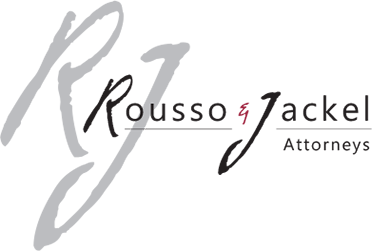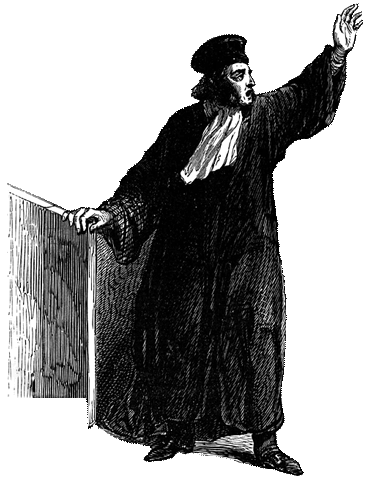We are following a class action filed in California against Uber, the ride sharing company, in which a group of drivers claim that they are not “independent contractors” but instead employees. Defining who is an employee is a complicated issue to which many lawyers and judges devote considerable time, including yours truly here at RJ World HQ. A district court recently denied Uber’s motion for summary judgment. The court disagreed with Uber’s contention that the drivers are independent contractors “as a matter of law,” instead holding that the issue belongs to a jury. Click here for the court’s opinion.
While the facts applying to this case are peculiar to Uber, the opinion sets forth many useful principles that an employer would be wise to heed.
First, the court found that the drivers are Uber’s “presumptive employees” because they “perform services” for Uber’s benefit. Uber claimed that plaintiffs provided no service based on its contention that it is not a “transportation company” but rather a “technology company” that merely “generates leads” for the drivers. Therefore, according to Uber, plaintiffs are simply customers who “buy dispatches” that may or may not “result in actual rides.”
The court took a dim view of this analysis, saying that it incorrectly focused on how Uber works (using software and smartphones) rather than what it does (enable customers to book and receive rides). The court said “Uber is most certainly a transportation company, albeit a technologically sophisticated one” and added that it was “obvious” that drivers perform a service, because “Uber simply would not be a viable business entity without its drivers.”
The court also emphasized the very great degree of control that Uber exercises over its drivers, in terms of qualifications, selection and conduct, in addition to the fact that Uber sets and collects the fees from riders, with no input from the drivers.
Having found that the drivers are “presumptively” Uber’s employees, the burden now shifts to Uber to prove that they ar not and in our view, this will be a tough row to hoe. As we have often said, there is no “bright line” rule. The court emphasized that the leading case in California on the issue is still Borello and under that case, the “principal” test is whether the party to whom services are rendered has the “right to control the manner and means of accomplishing the result desired.” In this case, Uber apparently has the right to fire its drivers at will, but Uber denies this. This will be one of the issues a jury decides, if this case ever gets to a jury.
Uber emphasizes that its drivers can work “as much or as little as they like” and that it does not “control the manner and means” of the plaintiffs’ services. This seems contradicted by the facts, including the fact that Uber “expects on duty drivers to accept all ride requests” and Uber has a lot of instructions as to how the drivers should behave, e.g. what to wear, what to play on the radio, where to park to pick up a rider and so on.
The court concluded that the traditional tests employed by the courts may now be “outmoded” in the new “sharing economy” and speculated that the legislature or courts may refine traditional tests to reflect the “new economy.” However, at this moment Borello’s “multifactor test” is what courts will apply. The lesson for employers is that the decision as to whom is and is not an employee should not be made lightly, because deciding wrong can have scary and dire consequences. Check back for an update soon!




